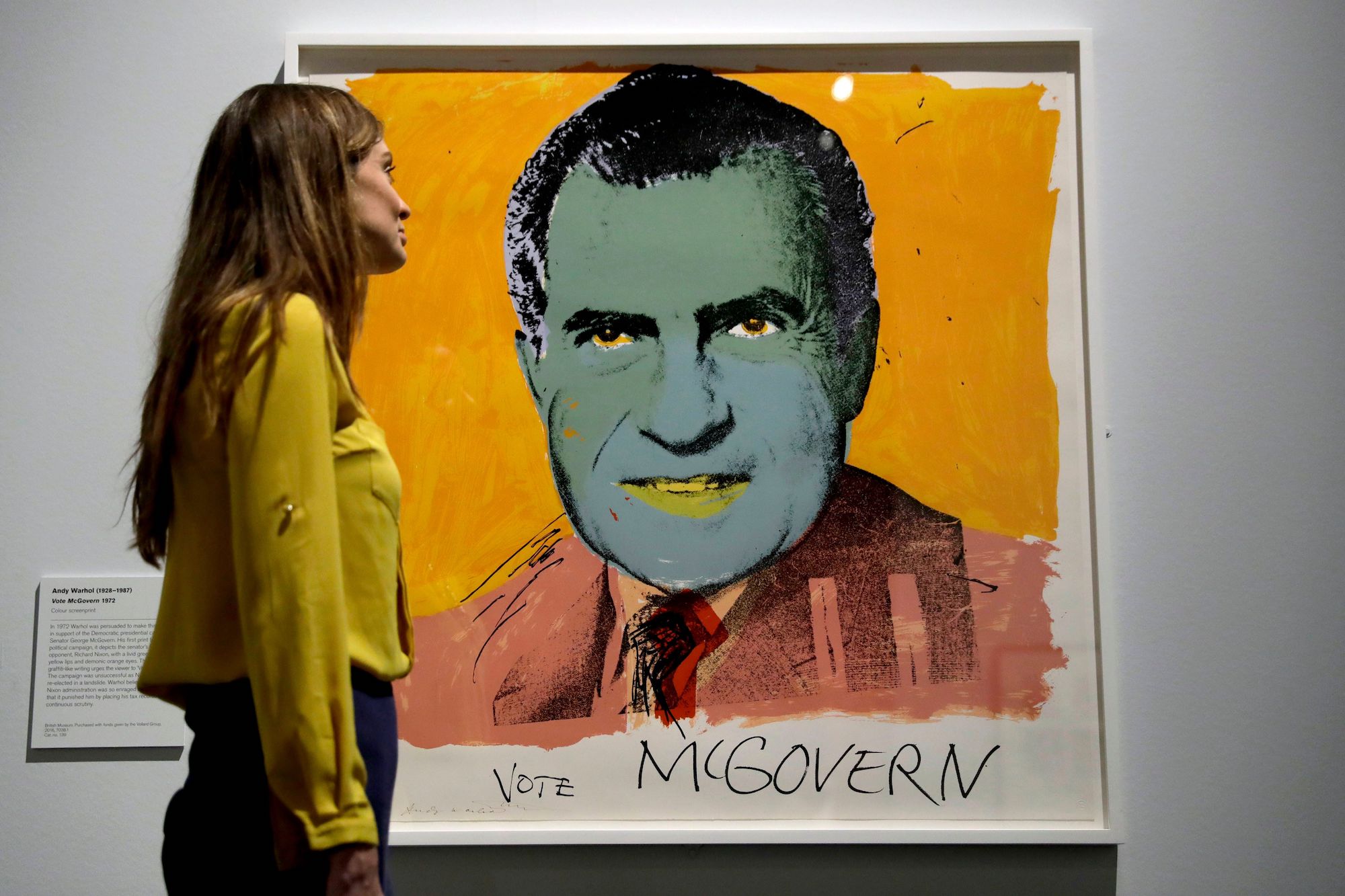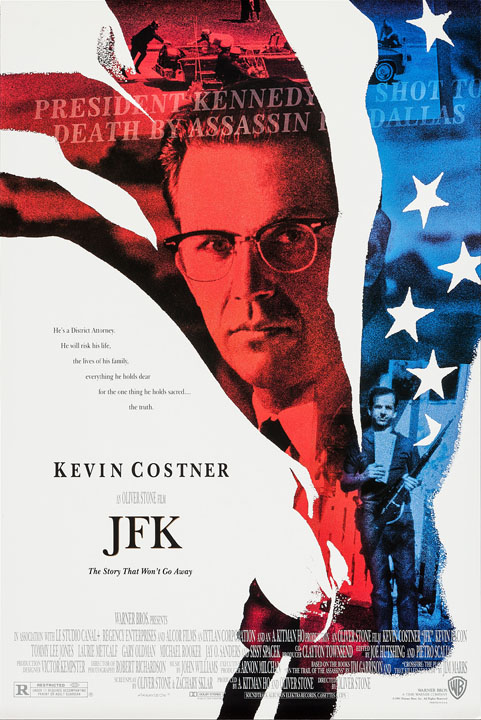
You can use a variety of terms to describe the three fundamental types of community. Listed below are some common ones: Geographic locus, Common interest + relationships, and Stable, solidary, intimate primary group type. This article will discuss each of these in more detail. It's important to remember that these definitions don't necessarily have the same meaning. These examples will help you understand the relationship between these terms and the same thing.
Type of intimate, stable primary group
Primary groups are formed when members share an interest and work together to achieve that goal. The members of the group do not regard the group as an end in itself, but as an avenue to some higher goal. Members share a common interest, and they can communicate with each other without any barriers. The primary group has no time limit for its membership. Instead, the primary group is an open-ended and long-term community.

Geographic locus
The geographical locus of community describes the place in which a group lives. The term can be used to refer to both general places and specific settings. It also includes joint action. It can refer to people living together in one place or another, but also to their social ties. The study of Philadelphia and Durham neighborhoods showed that the locus of community is not the same in these two cities. Participants in both cities emphasized the importance of social ties as well as joint action to build a sense community.
Relationships between members
A community's social network consists of relationships between its members. Every organism is connected to the other in any ecosystem. The same goes for relationships between members. These relationships impact natural selection and affect the evolution of interdependent species. Predation competition and symbiosis, are the most important types relationships between members within a community. These types of relationships contribute to a community's health and well-being.
Intervention
A community-based prevention approach requires a connection between process evaluation and outcomes evaluation, which serves the dual purposes of understanding local adaptation and documenting program evolution. A community intervention interrupts the normal development of an event. This can often be done through a trigger that is not within the community. This trigger can be a grant opportunity, policy initiative, or other community-level interest group. These external resources may then be used to address a specific community problem or improve local conditions.

Prevention
In prevention studies, the term "community" refers to a group of individuals, whether they share the same geographic space, interests, goals, or history. As a result, communities offer a variety of potential targets for prevention. These groups can form networks and share resources and other opportunities. This collaboration is beneficial to both the individual and with federal and state-level agencies. These groups can assess innovative community prevention efforts, and channel resources to local initiatives.
FAQ
Are Tik Toks pop culture?
The answer is Yes It's no longer just for teens. You can make these short videos for anyone.
The app is used daily by more than 200 million people around the globe. Each day, the number of users grows by millions.
This makes TikTok an incredible opportunity for brands to connect with consumers and build meaningful relationships.
TikTok is also home to many influencers who have built massive followings on the platform. These creators create original content to engage audiences all over the globe.
So what are waiting for? Here are four methods to capitalize on this trend.
-
Create viral content
-
Engage Influencers
-
Use Visuals Effectively
-
Get creative with your audience
Who is the inventor of Pop Music?
Frank Zappa invents the term pop music. His style of music was described by Frank Zappa using the term pop music.
He stated that he wanted to create music that appealed to everyone. That's why he called his music pop music.
Zappa also invents the phrase "You'll know it's pop when ..."". It means that something is extremely popular if you have many people enjoying it. Michael Jackson's Thriller album, for example, is one of his most popular albums.
Zappa's definition of pop music is different from how it is now. Today, pop music includes all types of music. But, there were only certain types of music that was considered pop back in those days.
What does pop culture teach us?
Today's society values material possessions over all else. This is especially true of young people. They spend hours per day looking at screens. They look at screens and watch videos, as well as play video games and surf the Internet. All of these distract them from the task at hand, which is to complete school work. They end up failing classes as a result.
The world we live in is one where everyone wants the same thing. That means being popular. Popularity depends on having money, clothes, and other possessions. Some people do this by doing things that aren’t right.
We have become too dependent on technology. All information is available to us thanks to technology. Not everything is accurate. There are many false rumors floating around the Internet. These rumors spread fast because people share them on social networking sites. It's easy for people to post things without checking if they are true.
People have lost their ability for critical thinking. They trust everything they read online. They believe everything they read in magazines and on television. They stop thinking for and about themselves. Instead, they follow the crowd.
We lose control when we rely on other people to tell us what's up. Pop culture teaches that we should depend on other people. It can also make us lazy. We don't always see the truth, but it is there.
What is pop culture?
Pop culture is all around. It is everywhere we go: TVs, radios and films, music, magazines, newspapers and websites, as well as social networks. We are surrounded by it 24/7. Pop culture influences everything, from clothes to music and language to politics and religion. What exactly is pop culture? Wikipedia states that pop culture refers to products and ideas designed for mass consumption. Many believe this applies to entertainment such as movies, TV, music and fashion. However, there is much more to pop culture than just entertainment. This term refers to anything consumed by the masses such as video games and sports, toys or clothing, fast food, political campaigns and many other things.
Why is pop music so popular
Pop music is fun because it is entertaining! Pop music can make you feel happy and give you a feeling of freedom. People listen to pop music, and they are free to think about other things than themselves. They don’t have to worry what other people think. Pop music is a hugely popular genre. People like listening to songs that make them feel good. Turn on the radio to hear upbeat music if you're feeling low. You may even find yourself singing along. This is why pop music has been so successful over the years.
How did pop culture develop?
Technology was the driver behind the growth of popular culture. It evolved as people became mobile. The radio was the first to allow mass communication. This was the beginning of television, which eventually led to the birth of the internet.
People began using computers at home, and were then exposed to computer games. These games were played on consoles like the Nintendo Wii and Sony Playstation 3. These games can be downloaded online for free. Many people are choosing to play video games over watching TV.
Video games are very much in demand among teenagers and children. You can play alone or with other people via the internet. Call Of Duty, Grand Theft Auto and other violent games can be dangerous. These games can cause serious harm to children, so parents should be concerned about their children. Others find it thrilling to watch what happens when one of their characters dies.
Another way pop culture influences youth is through music videos. They feature celebrities and information about current trends. They are loved by young people. It's obvious that music is a major part of our lives.
Many artists use special effects in music videos to enhance their songs. Rappers often use makeup and hair wigs to enhance their looks. Others put themselves through extreme physical demands to show off their bodies. Many singers are able to sing while wearing costumes.
Today, there's so much choice in music. You can listen whatever music you want. It's not always good news. Sometimes music can encourage violence. People get angry if they hear certain words or lyrics. Sometimes, they even commit criminal acts.
50 Cent recently experienced this. A line in his song Get Rich Or Die Trying reads: "I'm gonna shoot a mamafucker down / It's not clear why but it might." Some people thought that this song meant that he would cause death. A man called him up and threatened him. So 50 Cent changed the lyrics. Now it only says: "I'll shoot a bitch down/ I don't know why but I just may."
Popular culture is essential. It's important that we understand how it affects and impacts us. If we don't, we won't be able to protect ourselves against its adverse effects.
How can we avoid the dangers posed by pop culture?
We must first recognize when pop music is influencing our lives. Then, we need to ensure that we are not being influenced. These are some ways to avoid bad influences.
-
Avoid watching violent TV shows like Game Of Thrones.
-
Spend less time surfing the Internet. Instead, learn from books.
-
Pay less attention to television. Spend your time doing something healthy.
-
Take care of what you post online. It is impossible to delete comments after they are posted.
-
Be sure to verify that the websites you visit have SSL encryption. Before entering personal information, ensure that they are checked.
-
Do not let anyone pressure or make you do dangerous things.
Talk to someone if pop culture is a problem. You can reach out to your local library or National Center For Missing &exploited Children (1 800-THE LOST).
Statistics
- Recently, the market share across Western Europe has ranged from 60-75% (Hopewell, 2013). (socialsci.libretexts.org)
- According to CNBC.com, “more than 70% of the film's revenue came from countries outside the US” (https://www.cnbc.com/2019/01/08/aqua...nal-sales.html, ret. 8/18/19). (socialsci.libretexts.org)
- For example, the term hater meaning someone who strongly undermines or criticizes others, often due to pathetic jealousy, likely emerged from hip hop culture, such as the term playa hateras, used by influential rapper Biggie Smalls as early as 1995. (simplicable.com)
- In 1987, US films captured 56% of the European film market. (socialsci.libretexts.org)
- According to Kathryn Sorrells (2013, pp. 142-144), there are several ways that we can become informed consumers of popular culture. (socialsci.libretexts.org)
External Links
How To
Is social networking pop culture?
Social media have become part and parcel of our cultural identity. They are now an integral element of our society. They are more than just a way to connect people.
We post personal information to Facebook, follow celebrities via Twitter, look at videos online, upload them to YouTube and take photos which we then post on Instagram. These social media platforms allow us to express our feelings and connect with others. Although this may seem simple at first, it has many implications once you consider how these channels affect our interactions with one another.
Celebrities, for instance, will want everyone to know what you had for breakfast. It can affect how you feel about the day. If you're a politician, you'll want to get your message out there so that more people hear it.
You need to know what posts go viral in order to duplicate them if your business is online.
This is how social media became popular. Due to the high number of users, people tends to group around specific topics. Some of the most well-known topics are:
Celebrities: People love to discuss their favorite celebrities. People enjoy discussing the most recent news and gossip in their lives.
Events - Events such as concerts, sporting events, awards ceremonies, and festivals generate a lot of excitement among fans. Fans often share pictures, videos, and updates about these events.
Products & Services – Products & Services are hot topics. Customers are always looking to improve their lives, and are willing to pay more for the best solutions.
Social media users also share content that doesn't necessarily relate to the categories above. This includes things such as:
Travel - People like to share their experiences when they travel. Travelers are always looking for new opportunities, such as safety tips and the best places to see.
Fashion – Fashion has been one the fastest growing industries in recent decades. Social media has allowed brands to advertise their products and services through campaigns that encourage people show their outfits.
Sports - Sports is another popular topic. Fans are passionate about their sports teams, players, coaches, and everything else.
Technology is constantly changing, and people are excited to learn more about the newest innovations.
The point is that anything that generates buzz can be considered pop culture. It doesn't really matter if your business sells sneakers, watches and cars. But you should be aware of the different types that are shared on social networks.
There are many ways you can tap into the market. Join relevant Reddit, Quora and LinkedIn communities to get started. You can get visibility and help potential customers by joining discussions, answering their questions, sharing articles and engaging with other members of the community.
You can also create a social media page through sites such as Facebook or Twitter. These sites let you connect with others who have similar interests to yours.
Paid advertising platforms such as Instagram and Facebook are also worth considering. You can target specific audiences based on their age, gender or location.
Social media marketing is an effective way to reach audiences that would otherwise not see your messages. It's important to remember that just because something is popular doesn't mean it will convert well. A lack of time and dedication to understanding the unique features of each platform can cause brands to miss opportunities for business.